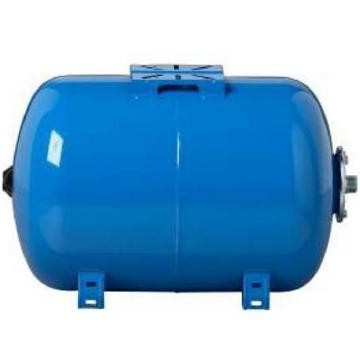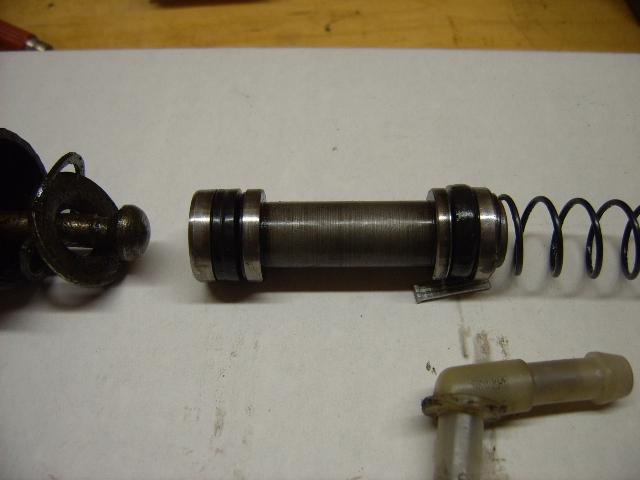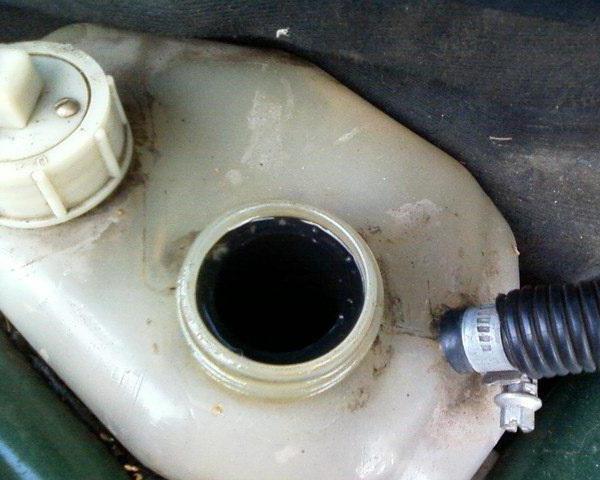How is the automotive membrane tank (expansion tank) and what functions does it perform?
Strangely enough, on the Internet you can find thousandsarticles about thermostats and radiators, but few people remember such an important detail in the cooling system, as the expansion tank membrane. The way it has a visually simple design and primitive functions, but its presence is very significant for every car. Often, motorists fall into cases when the temperature sensor of the internal combustion engine gives out-of-bounds values. But few people thought about the reasons. Therefore, today we will talk about what the membrane expansion tanks are and how they are arranged.
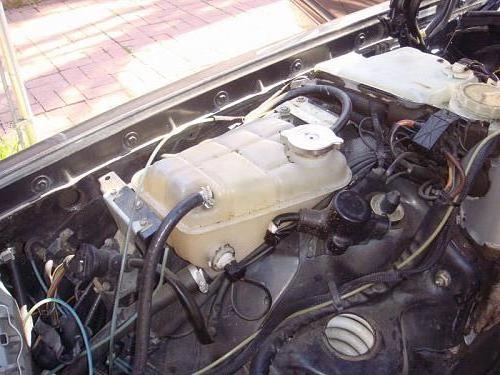
Design Features
This part is a containerPlastic, equipped with special rubber hoses, through which the liquid is delivered, and sensors to determine its level in the tank. In addition, each membrane tank is equipped with a pressure control valve. As a rule, it can be seen in the top cover of the container. Why is it needed? Its presence is very significant for each expansion tank. It is the throughput valve that regulates the pressure in the tank at different temperatures. The cooling liquid, like water, has the property of expanding at high temperatures. So, if the motor is heated to 110 or more degrees Celsius, the pressure of antifreeze is significantly increased. And that there is no explosion of the tank, there is a special valve, which regulates these values. That's why when the engine overheats, you do not need to immediately open this part - not only will it pop up under the influence of pressure in an unknown direction, splashing the boiling antifreeze on the driver, so also the engine will not stop cooling.
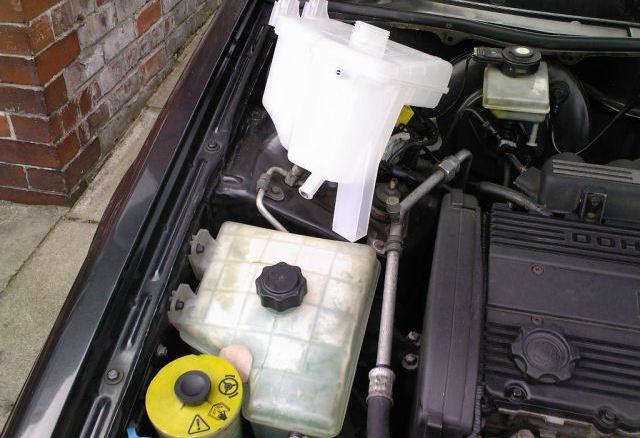
How does the car's expansion tank work?
When the engine is running, all itscomponents. Accordingly, the temperature of the coolant also increases. And since this system is completely sealed, a critical pressure is created inside it. The engine cooling device begins to gradually expand, and excess air accumulates in the membrane tank, which was formed at a temperature jump. After the critical pressure is generated in the tank (but not such that the container is about to explode), the valve starts to open and release the accumulated air. Gradually, the degree of compression of the liquid decreases. The walls of the container, in turn, do not allow the liquid to dissipate or evaporate.

In the winter, the membrane tank also plays a big role. At low temperatures, the engine immediately cools. At the same time, the pressure in the engine cooling system decreases. To ensure that this mark is not too low (less than atmospheric), the inlet valve in the tank opens and sucks air into the system. Due to this, the plastic container does not compress into the shape of the tube, and the level of the cooling liquid remains normal.
Conclusion
As you can see, the membrane tank, despite its primitive design, performs very significant functions and plays a significant role in the life of the car.
</ p>

